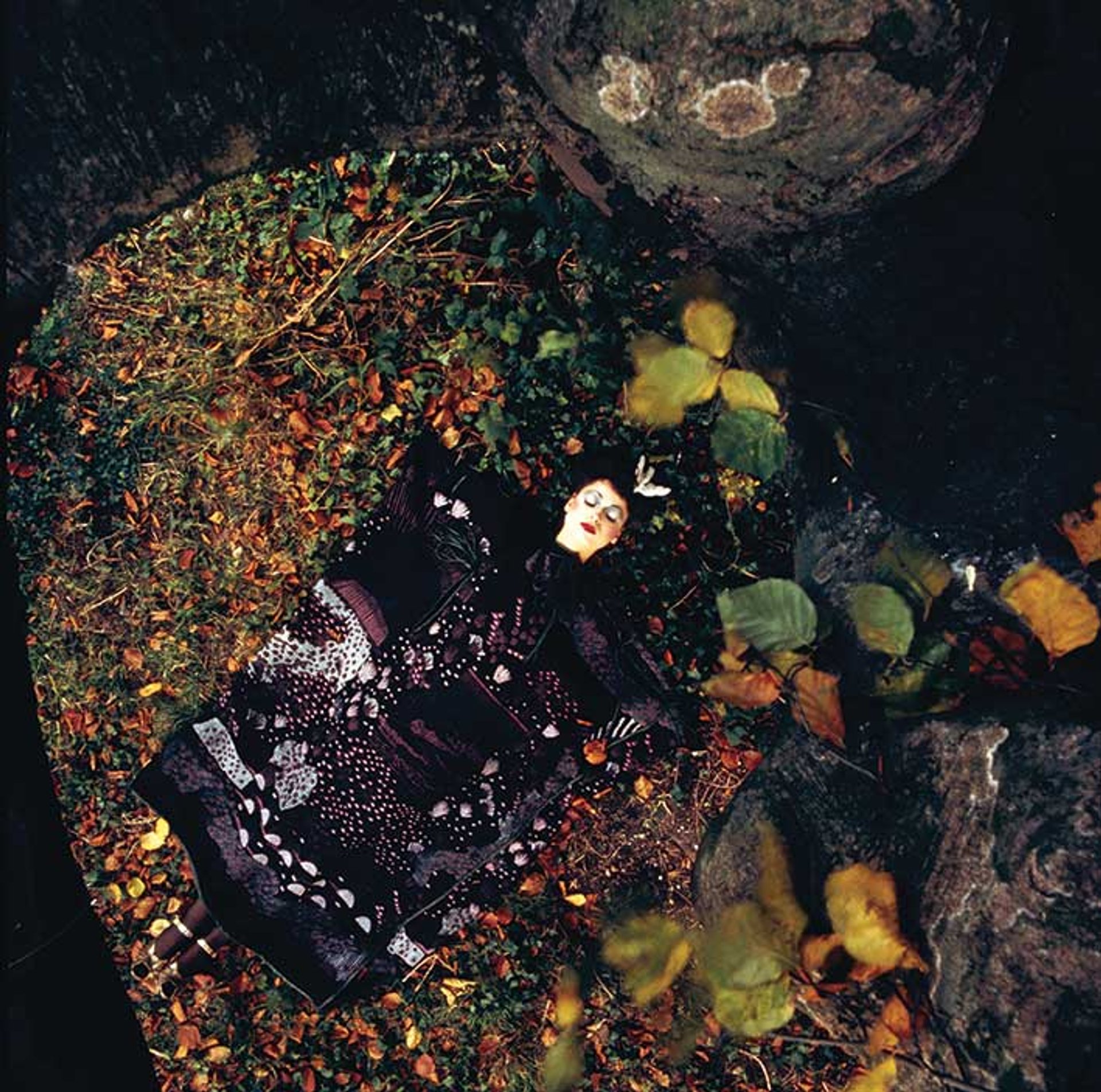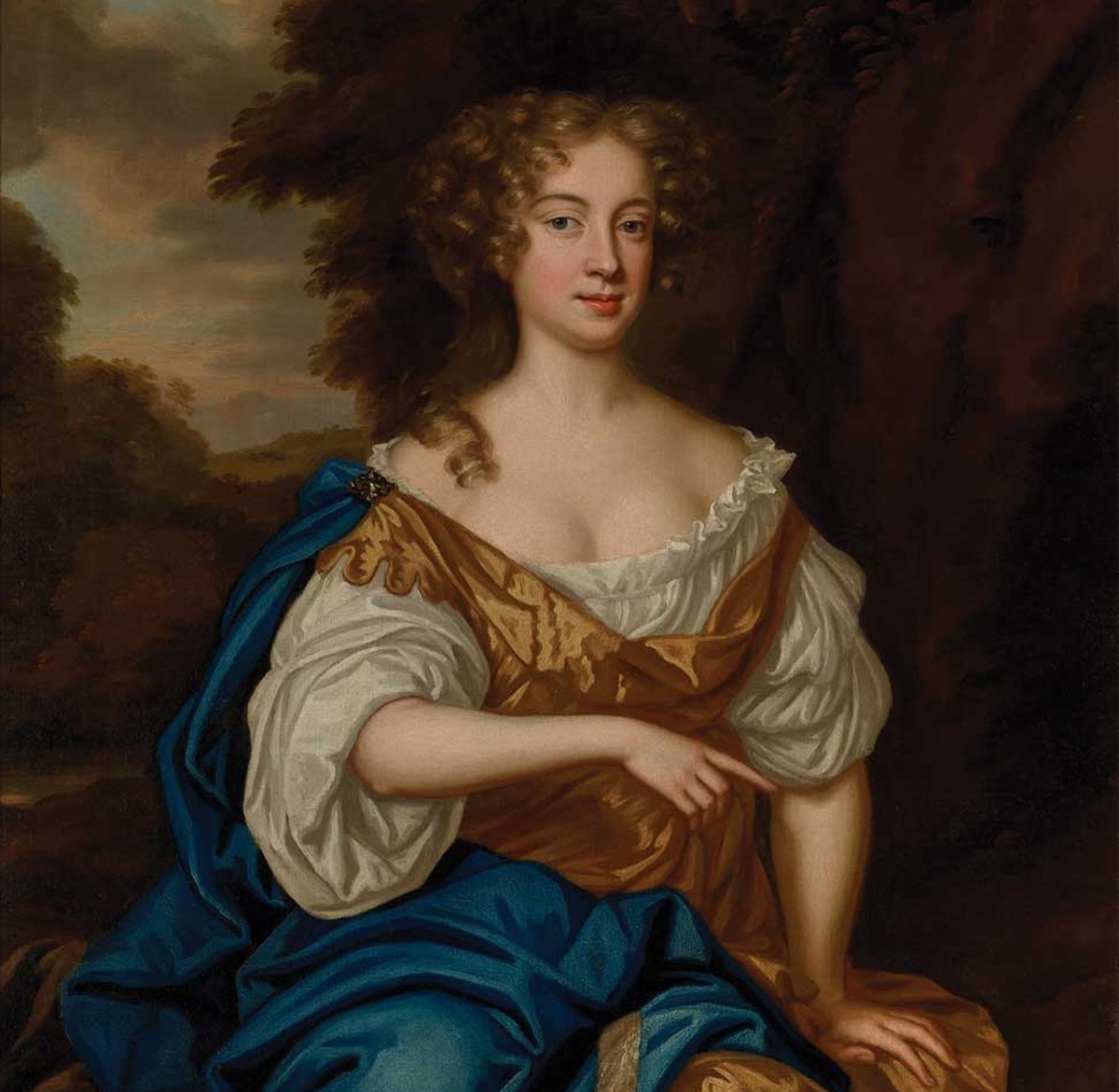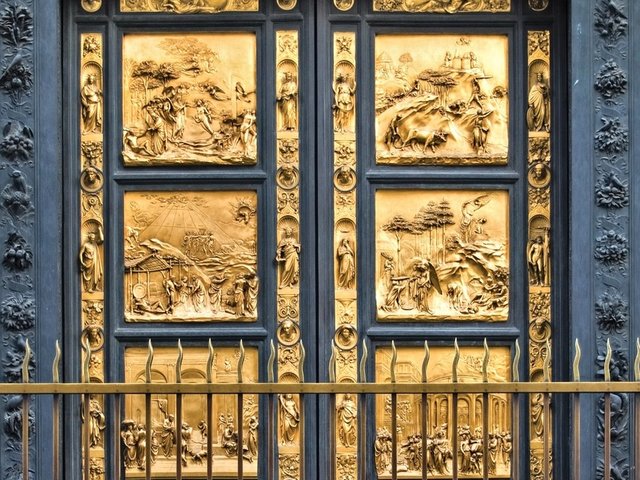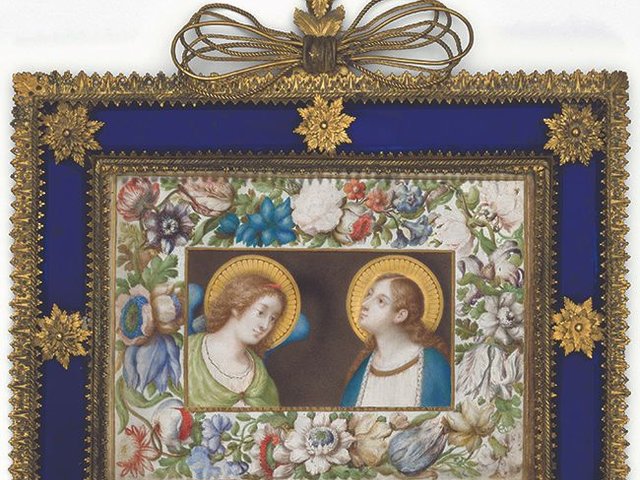Mary Beale, Portrait of Anne Sotheby (1676-77)
Tate, London
Mary Beale, one of a handful of female professional artists active in late 17th-century London, was in demand at the time she painted this portrait of Anne Sotheby. Beale’s husband and studio manager, Charles, recorded in his 1677 notebook that Mary obtained 90 commissions that year. These records suggest that Mary painted the Sotheby portrait in collaboration with the couple’s son Charles and that it was based on a similar composition by Peter Lely, Charles II’s court painter and a prominent supporter of Mary’s work. Unseen until recently, the work is now on view in Tate Britain’s exhibition Now You See Us: Women Artists in Britain, 1520-1920 (until 13 October) as a new acquisition from Philip Mould & Co.

Courtesy Opera di Santa Maria del Fiore
Andrea di Lazzaro Cavalcanti, terracotta head of Filippo Brunelleschi (1447)
Opera di Santa Maria del Fiore, Florence
One of the oldest terracotta effigies in existence has emerged in Florence, portraying the architect of the city’s landmark Cathedral of Santa Maria del Fiore, Filippo Brunelleschi. The 7kg sculpture was modelled directly from a solid block of clay by his adopted son and heir, Andrea di Lazzaro Cavalcanti or “Il Buggiano”, in 1447, a year after Brunelleschi’s death. It was recently discovered in a local residence by art historians Giancarlo Gentilini and Alfredo Bellandi and identified as the model for Cavalcanti’s marble memorial bust of Brunelleschi in the cathedral. The Opera di Santa Maria del Fiore, which looks after the cathedral and its museum, purchased the terracotta for €300,000 and says it will display this “exceptional discovery” in the Museo dell’Opera del Duomo after a restoration.

© Zandra Rhodes
Zandra Rhodes, 1970s garments and textiles
Powerhouse Museum, Sydney
The British fashion designer Zandra Rhodes was captivated by Uluru (then known as Ayers Rock) during a 1973 visit to Australia, when she camped out in the desert landscape and sketched the sacred rock surrounded by spiky spinifex grass. Her drawings became the basis for a fashion collection called Ayers Rock and now renamed Uluru, Rhodes’s twist on the 18th-century French decorative fabric known as toile de jouy. The designer has now donated several of these pieces from her archive to the Powerhouse Museum in Sydney, including banners of screen-printed silk chiffon, two Spinifex dresses and a wool felt cloak. “My designs inspired by the drawings I did at the base of Uluru are some of my proudest and I am honoured that they will be housed in Sydney’s best museum,” she says.






